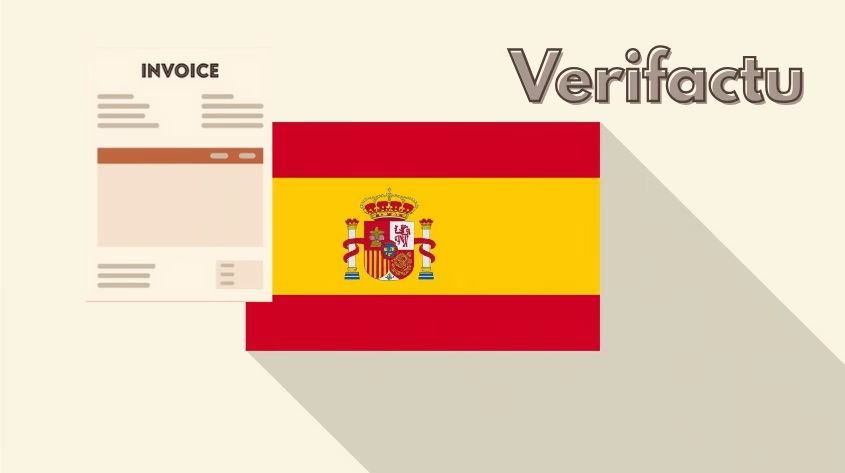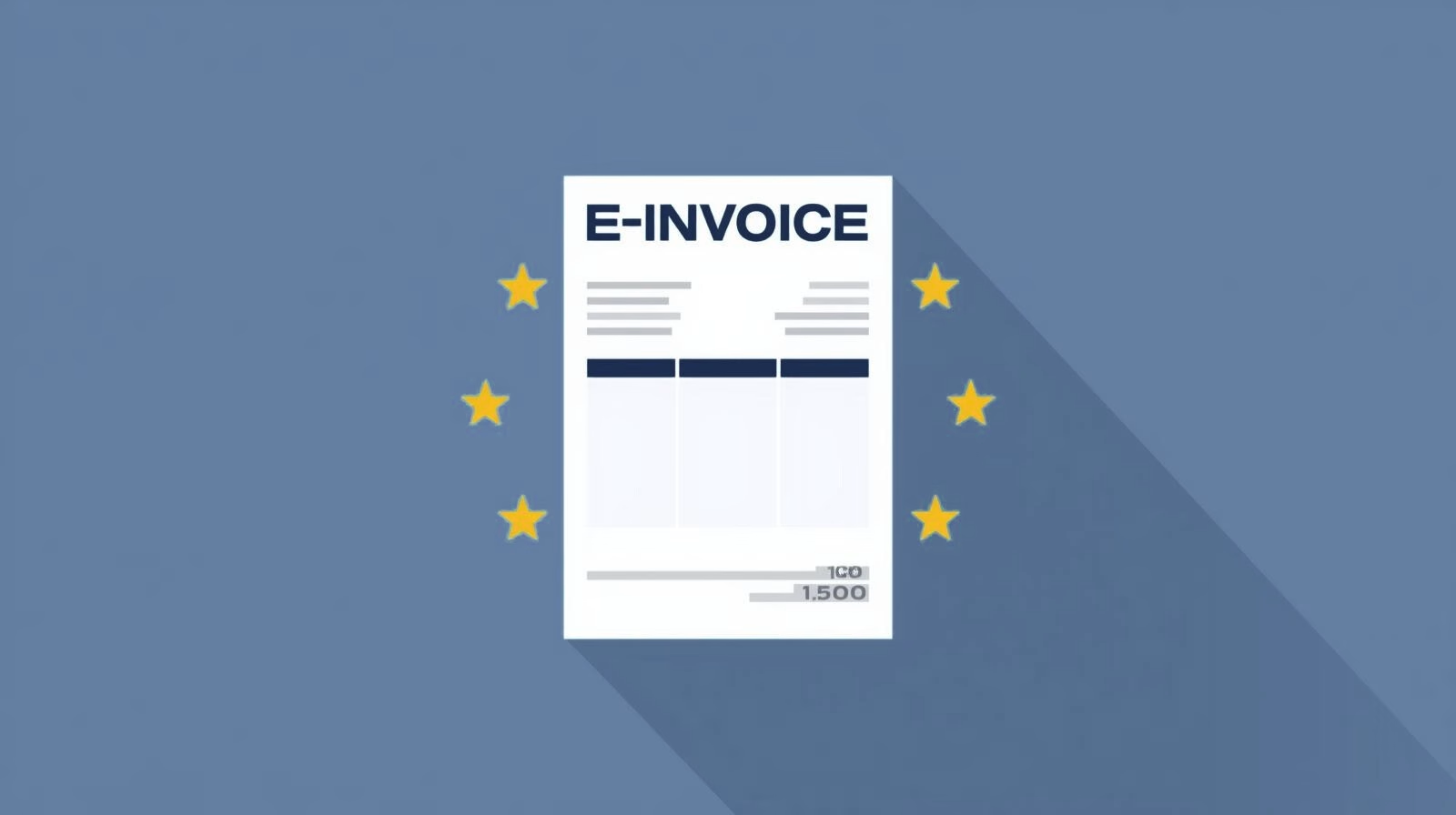An account class is the highest organisational level of a chart of accounts. It summarises accounts that belong together in a superordinate category. In practical terms: The account class is the drawer cabinet in which all accounts are later systematically sorted.

Structure:
Charts of accounts follow a hierarchical structure with three levels:
- Account classes (top level)
- Account groups (subdivision)
- Individual accounts (posting level)
Numbering:
Each account class is usually assigned a one-digit number. This is the first digit of the full account number. This allows accounts to be quickly assigned to a class - at least as long as you don't try to interpret the system "creatively".
Function:
Account classes help to chart of accounts structured and analysable. They enable a comprehensible accounting logic and form the basis for transparent business analyses.
Examples from common charts of accounts:
- Industry Chart of Accounts (ICA): Account classes 0-8 for business accounting (accounting area I), account class 9 for cost accounting and accruals (accounting area II).
- SKR03 (DATEV): Account classes 5 and 6 for cost accounting.
- Joint chart of accounts (GKR):
- Account class 2: Neutral expenses/income
- Account class 4: Cost types
- Account classes 5/6: Cost centres
- Account class 7: Cost units, inventories
- Account class 8: Cost unit income
- Account class 9: Closing
Account classes in SAP Business One:
SAP Business One does not explicitly use the term "account class", but the first level of the Chart of accounts a comparable function. This chart of accounts serves as a structured overview of all G/L accounts. When setting up the system, a country-specific, standardised chart of accounts is usually integrated - often based on joint or standard charts of accounts.
Account determination also plays an important role in SAP Business One. It controls the automatic allocation of ledger accounts for business transactions, based on the defined chart of accounts - i.e. where it becomes concrete in accounting terms.

Verifactu in Spain: the new invoicing obligation

The e-invoicing regulations in Europe

Versino Financial Suite V09.2025 for SAP Business One

Accounting outsourcing: Why it pays off for SMEs

CANDIS for SAP Business One
